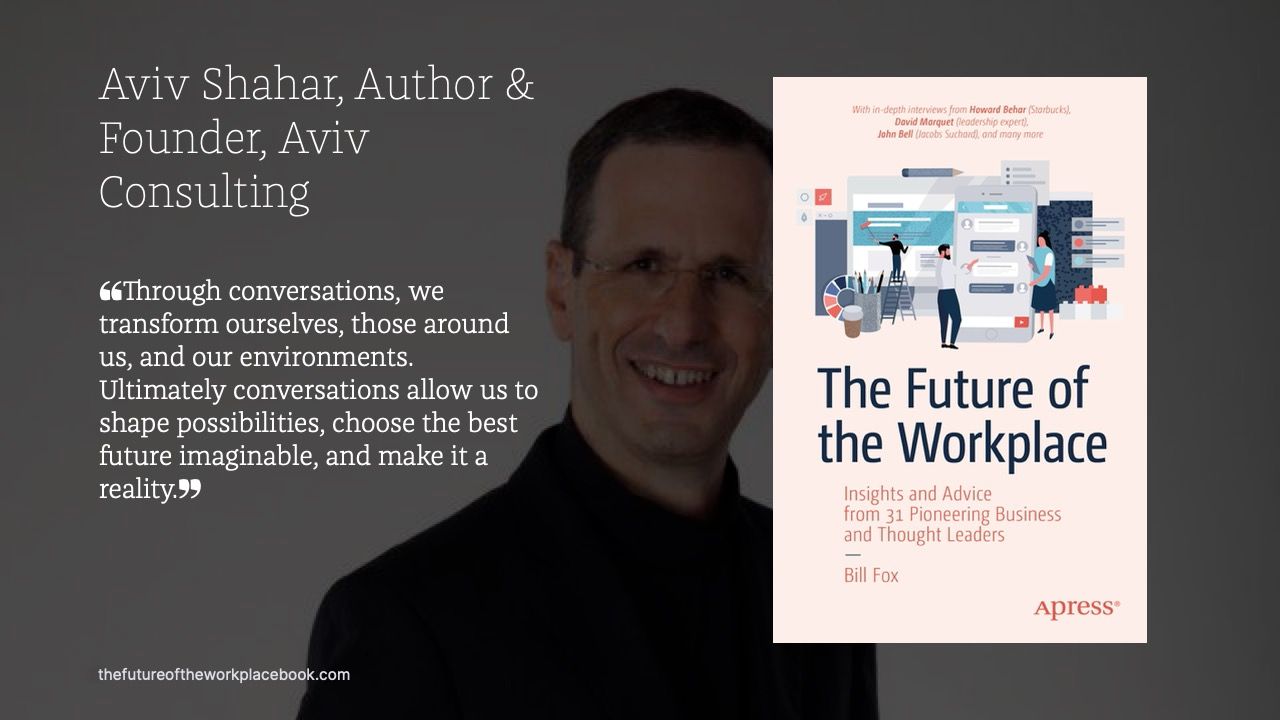How to Elevate Yourself, Your Conversations, and Your Future
In this preview from The Future of the Workplace, Aviv Shahar shares why conversation is the core mechanism to enable and facilitate change, transformation, and the evolution of an organization as well as ourselves.

Aviv Shahar: Founder, Aviv Consulting. Author of Create New Futures: How Leaders Produce Breakthroughs and Transform the World Through Conversation.